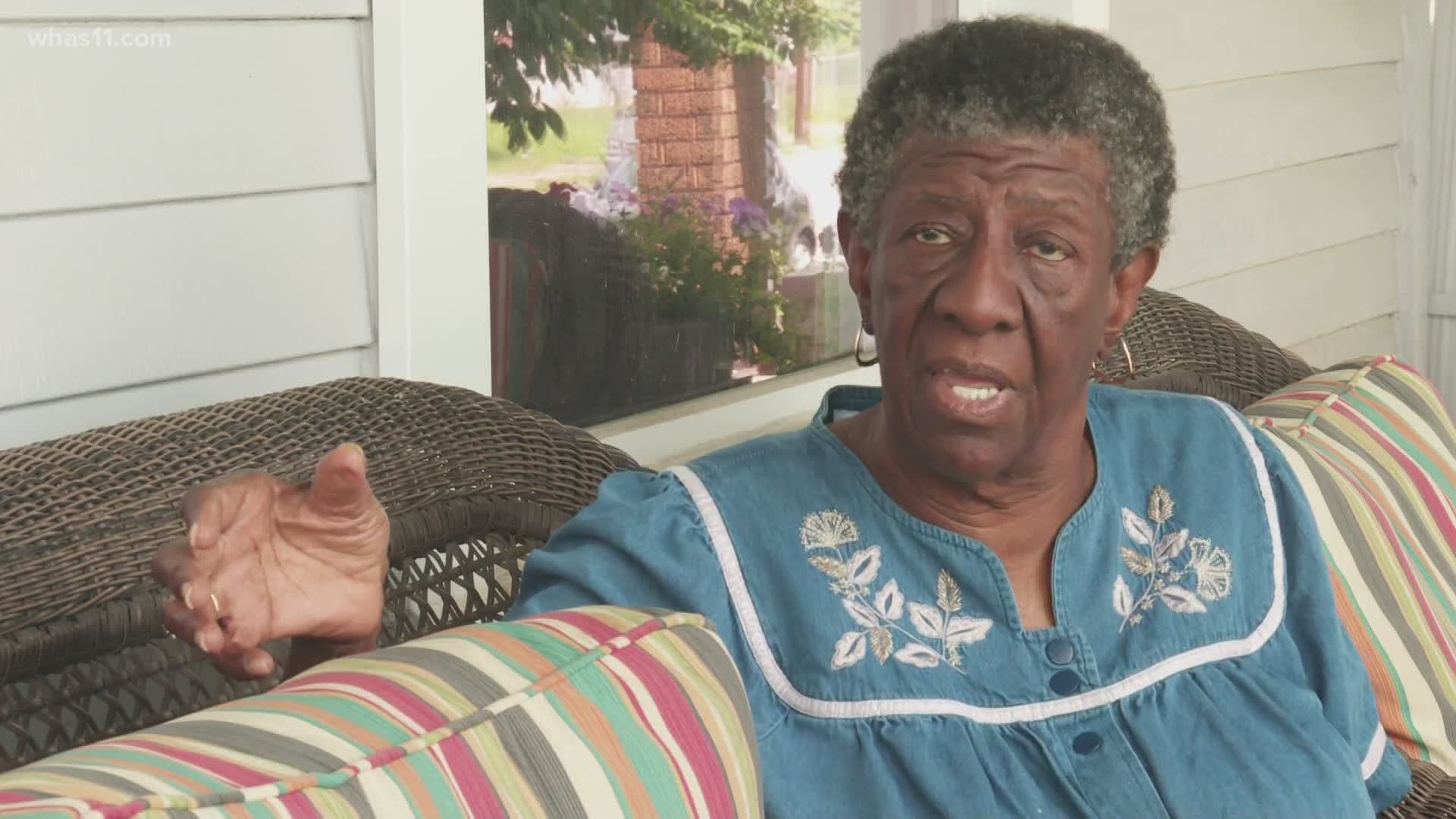LOUISVILLE, Ky. — The city is taking a step towards dismantling the impact of a nearly century-old discriminatory practice, following calls for racial equality.
A newly established Metro Council committee will start identifying housing and development inequalities between East and West Louisville.
"Only 27 percent of our city is set up for multi-family housing and the rest of it is all residential," Metro Council President David James said. "What effect does that have cumulatively amongst our residents?"
Metro Council's Equity and Inclusion Committee unanimously passed a resolution Monday requesting the city's Planning Commission conduct a study to identify inequalities in the city's land use.
"You live in West Louisville everything is [priced] higher than it is when you move east," Mattie Jones said who moved to West Louisville in 1940. "My mother was the first African American to purchase a home on 28th Street and we seen white neighbors just moving as fast as they could."
As decades passed she saw few investments in her neighborhood.
"All the conveniences that they have east we don't have," she said. "We love more than just chicken and fish."
In 1968 the Fair Housing Act passed to fight against the discriminatory practice known as redlining, but decades later families in West Louisville still feel the remnants.
"You will still find deeds that say that you can't sell this property to a Black person," Metro Council president David James said. "If we were to take person A and put them on the corner of Shelbyville Road and Hurstbourne Lane and hypothetically say they pay $200 a year for their automobile insurance, you take that same exact person and move them to 18th and Garland for example in West Louisville and that $200 policy now becomes a $700 policy."
By definition redlining is a systematic denial of services, by which banks or insurance companies can refuse or limit loans and mortgages within specific geographic areas, especially in inner-city neighborhoods.
"When I talk to my children that are out in these suburbs their insurance rate is nothing compared to what my rates are in West Louisville here," Jones said.
The new study will also examine development and zoning such as one-way streets and how they can impact families and children.
"People are driving side-by-side generally speaking at a high-rated speed and quite often racing each other down the street – that same street where your children are outside playing," he said. "It lends itself towards accidents and injuries."
Studies have also shown that one-way streets are associated with high crime rates, according to James.
"For example, the suspect that is ought to do bad only has to look for the police in one direction; they don’t have to look for the police coming in the other direction," he said.
The study is expected to take about six months. The council is hoping it will eventually create a land development code ordinance.

